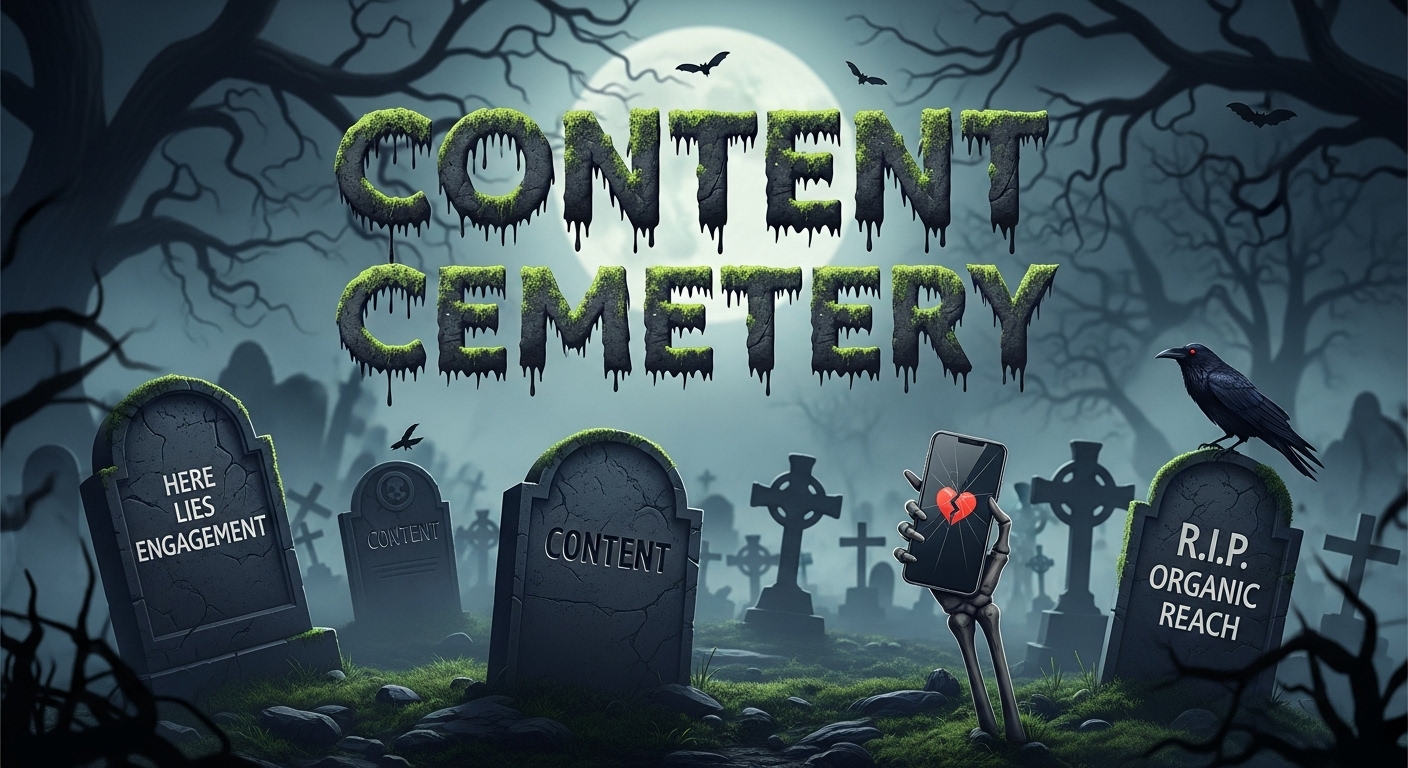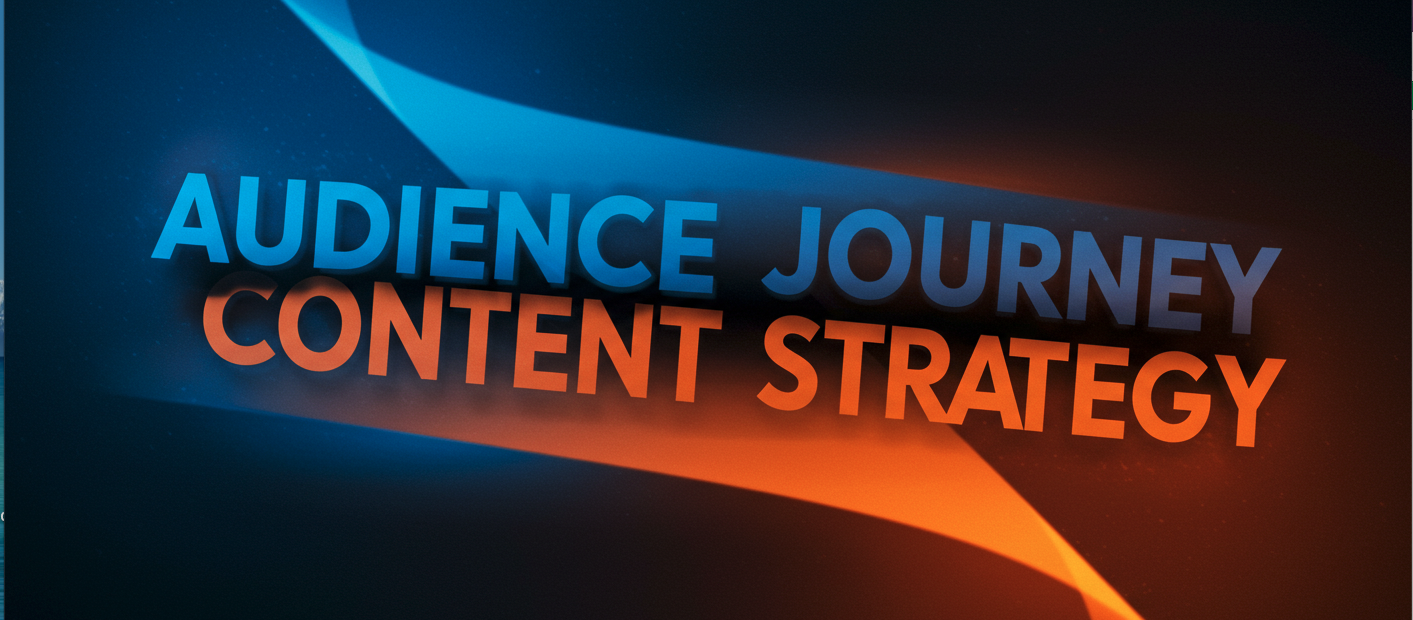
Tomorrow’s CMOs are turning websites from destinations to decision engines

In a world where websites are simultaneously serving humans, search algorithms, and now large language models (LLMs), marketers are rethinking what “optimization” even means.
That was the challenge Knotch put to the NextGen CMO community in Charlotte, following last month’s New York event. The group of senior marketers – from brands like Ally, Synchrony, Truist, and Lowe’s – explored in this off-the-record event how the rise of AI search and agentic systems is reshaping website strategy, measurement, and the customer experience.
Here are the five biggest takeaways from the conversation.
1. Consumers want instant answers from any page on your website.
As Knotch CEO Anda Gansca noted in both New York and Charlotte, consumers are arriving at brands’ websites not just through homepages but through new pathways like AI citations, voice prompts, Reddit links, and social referrals. The Charlotte event homed in on the fact that they expect instant answers when they get there.
After all, the reason that they landed there was likely much more precise than simply curiosity about a brand. They’d asked an LLM for the answer to a very specific question. When they click on the link to a page on your site in the ChatGPT or Claude response, they want to find that answer.
Participants agreed that the most successful websites will act more like intelligent assistants: understanding intent, surfacing the right content dynamically, and shortening the path to conversion. Anda shared:
“We’ve gone from monolithic, graveyard-content websites to answering machines.The winners will make the site feel conversational; like it knows why you’re there.”
2. Content optimization means more than SEO.
For years, “content optimization” equaled “search engine optimization.” But that mindset now underserves both audiences – humans and robots. Andrew Bolton, Knotch Chief Customer Officer, shared data showing that 60% of measured content provides little or no value to human audiences and 80% is ineffective at driving conversions.
Why? Probably because it was written for an SEO-dominated reality that we no longer live in. Pages written primarily for SEO are often optimized to rank for search engines, not to satisfy the human reader. They can feel keyword-stuffed, repetitive, or thin on meaningful content.
When a large language model (LLM) — which is designed to understand natural human intent — directs someone to such a page, the tone and structure mismatch is obvious and creates a negative experience, which impacts content performance.
Today’s new era of optimization requires balancing relevant human value and robotic readability – writing content that’s structured for algorithms but still emotionally and contextually resonant and useful to people.
3. Martech stacks are getting leaner.
Marketers expect that they’ll be relying on leaner stacks and AI-assisted content segmentation. One attendee noted:
“Less content overall, but more per segment”
One of the uncomfortable realities that the rise of AI has laid bare for the marketing industry is that companies’ tech stacks are complex to the point of inefficiency. Many teams find that they’re paying for overlapping tools – multiple analytics, CMS, personalization, and automation systems that don’t fully integrate. But there are additional problems: CFOs are pushing marketing teams to justify the cost of each one. And financial services marketers in particular attest that sprawling vendor ecosystems pose risk – data sharing, privacy compliance, and governance complexity.
But new AI capabilities are rapidly consolidating functions (analytics, copy generation, optimization) into fewer platforms. Intelligence-driven platforms like Knotch One can replace multiple point solutions by combining content measurement, scoring, and optimization. Future success won’t depend on more martech, but on better connections between fewer systems.
4. Consumers are demanding transparency around AI.
Roundtable discussions surfaced a shared tension: how to personalize content in an age of privacy sensitivity and platform complexity. The marketers in attendance also noted the rising importance of trust signals, as younger audiences scrutinize what’s authentic versus AI-generated. Survey after survey shows that consumers still have major trust issues with LLM-generated information, and while this is likely to change as their familiarity grows, brands should help them ease into it by building a transparent and guided experience. One attendee noted...
“There will come a point where you’re in a meeting and ask, ‘is this really you?’”
... advocating for visible labeling of AI-assisted work. What does that mean? Clear author bylines and photos to let the reader know a human was involved; “written with AI” tags on blog posts or case studies; or clear datelines on evergreen content to show that a post has been updated.
5. Marketers must reorganize around outcomes, not channels
“Content organizations are shifting from output to outcome,” one participant summarized. “That means fewer, smarter pieces of content built for intent.”
Several attendees shared that they’re breaking down silos between SEO, content, PR, and web teams – forming “organic growth” groups focused on performance across human and non-human audiences. The group predicted new hybrid roles like Head of Organic Growth or Agentic Strategy Lead will become commonplace. And to the prior point about leaner martech stacks, these consolidated teams will need shared data, not dozens of dashboards, in order to operate efficiently and best serve the consumer.
Anda’s parting thoughts summed it up:
“The first principle of marketing doesn’t change: It’s being the voice of the customer. Everything else – channels, agents, AI – is just a new way of listening.”
Published October 10,2025
Become a thought leader
Become a thought leader
Trusted by the largest (and now smartest) brands in the world.
“Before Knotch we did not understand what content was driving business results. Now we understand which content moves the needle. Knotch’s cohesive reporting and insights paint a real picture of what’s happening on our website instead of the patchwork quilt that comes from a Google Analytics approach. With Knotch we have been able to re-prioritize ad spend, route better leads to our SDR team, and inform our content development initiatives.”

"The Knotch platform ensures that we deliver high-performing content tailored to young home shoppers, enhancing their experience and driving better business outcomes.”

"Our partnership with Knotch has been highly successful, empowering us to leverage data-driven insights and refine our content strategy.”








